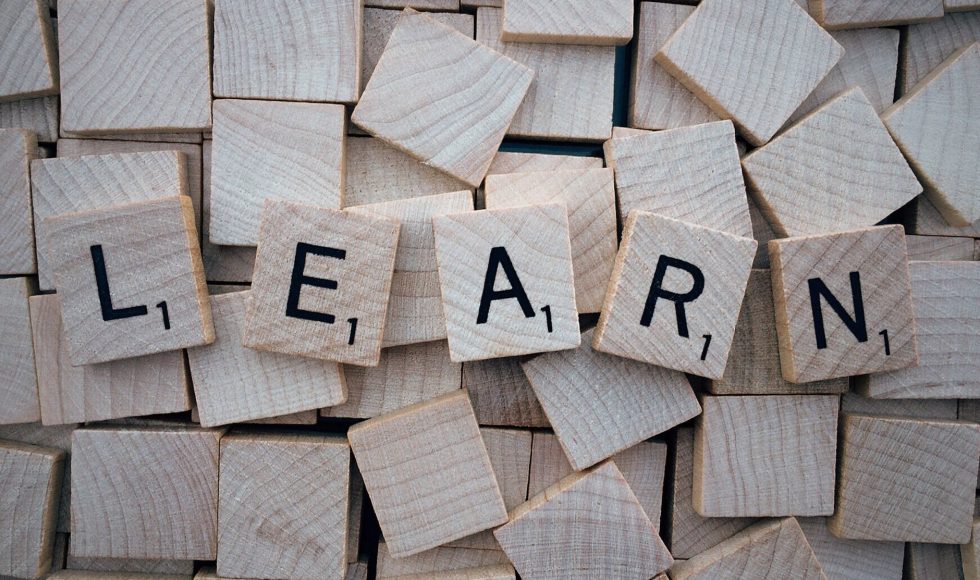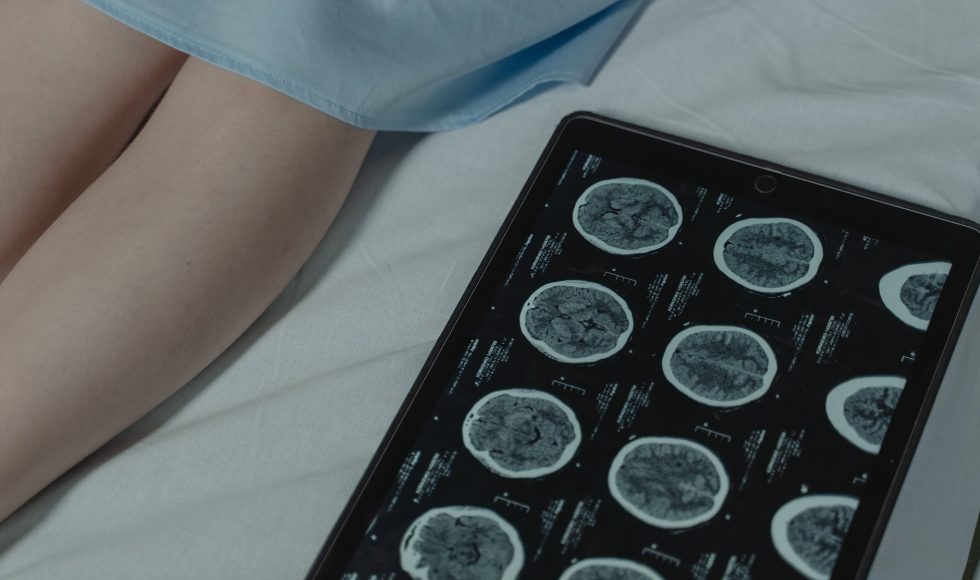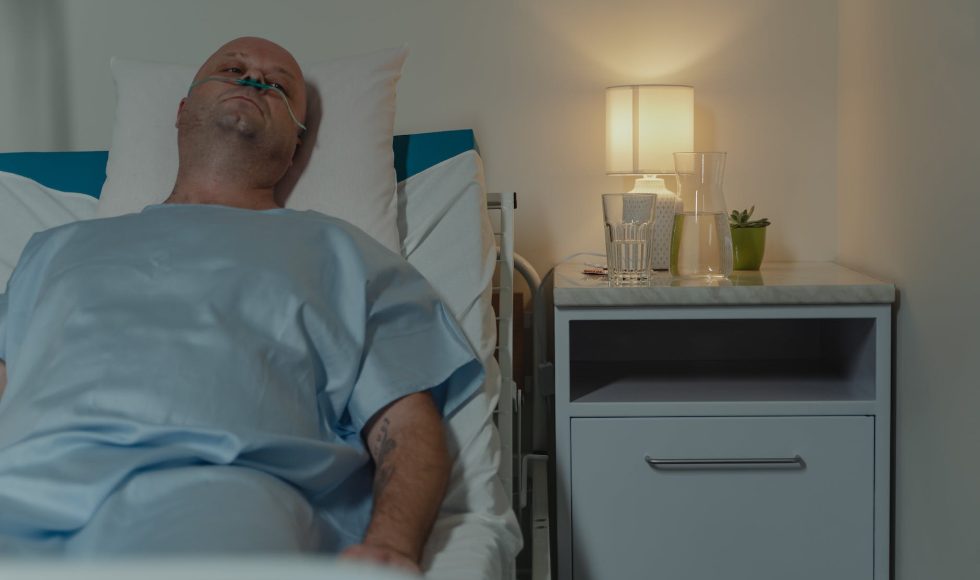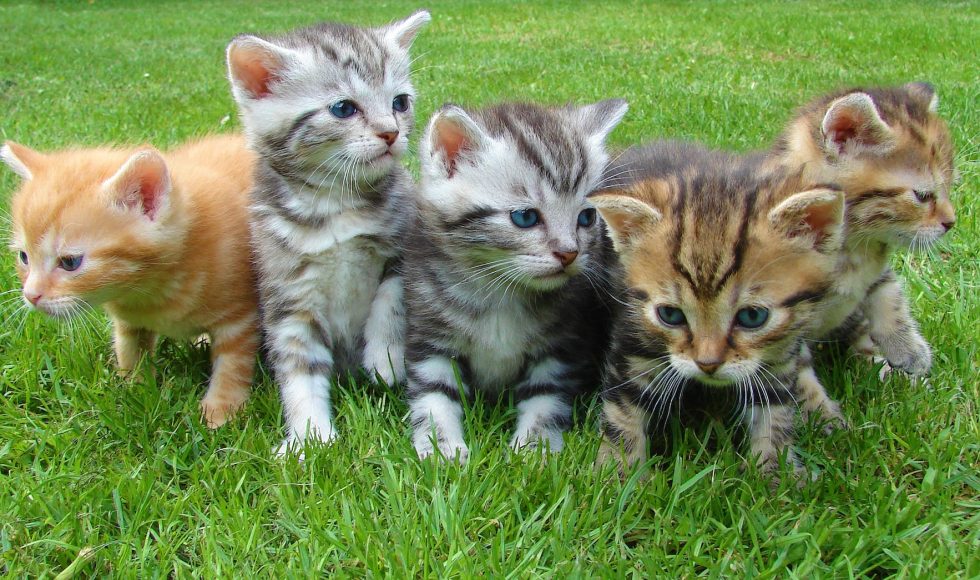The last London Calling 2024 studio interview recording was on equity and accessibility in science. Zoe McDougall asked speakers after the day what were the highlights. Ewan Birney from EMBL-EBI was excited about the impact sequencing is having in the clinic. Jasdeep Ghataora from the University of Bristol in the UK also spoke about the […]
What a weekend! I am back from the NSF ENCOUR conference. I continued watching studio interviews from London Calling 2024. Tonight, the session I watched focused on pathogen surveillance and community and collaboration. Amanda Warr from The Roslin Institute spoke about learning to use Oxford Nanopore Technologies (ONT) with metagenomic samples and troubleshooting in the […]
Rebecca D. Prescott from the University of Edinburgh in the UK presented at London Calling 2019. The title of the session was ‘O na Hoku no na Kiu o ka Lani: Bridging genomics research and culture-based science education through astrobiology in Hawai’i.” Prescott started by mentioning that they represent a large team supported by numerous […]
Tonight I started an EPI2ME Metagenomics workflow to analyze our two 16S runs for the metagenomics class. I also watched the Nanopore Learning Human Genome Sequencing and Analysis course video on “Data Analysis: EPI2ME Labs Introduction.” Anthony Doran, a member of the Technical Services Team with Oxford Nanopore Technologies, described EPI2ME Labs as a “point-and-click” […]
Tonight I watched the Nanopore Community Meeting 2021 recording featuring Areeba Patel and titled “Rapid-CNS2: rapid, comprehensive adaptive nanopore sequencing of central nervous system (CNS) tumours.” Patel is at the German Cancer Research Center (DKFZ) and the University Hospital Heidelberg, Germany. Patel spoke about the use of molecular diagnostics for CNS tumors. They noted the […]
Miles Benton from the Institute of Environmental Science and Research in New Zealand spoke at the Nanopore Community Meeting 2021 about “Affordable GPU compute makes nanopore sequencing even more disruptive and empowering.”Benton is a senior scientist, bioinformatician, and an advocate of open, reproducible science. They share their materials on GitHub. Benton spoke about the birth […]
Megan Radosevich from Carroll College presented at the Nanopore Community Meeting 2021 on “Analyzing regional and seasonal microbial community variation from a contaminated Montanana river.” Their project is called CREWS: Consortium for Research on Environmental Water Systems that is funded by the Montana NSF EPSCoR Partnership with several colleges and universities in Montana. A central […]
Ashley Beck from Carroll College spoke about “Applying nanopore sequencing in the undergraduate classroom for environmental microbiome analysis” at the 2022 London Calling Conference. They explained that they are dedicated to bringing technology and education to teach undergraduates. They took samples from a contaminated river from Western Montana. With students, Beck collected samples. The next […]
The next Nanopore Community Meeting 2022 session I watched was a longer: 27 min. “Finding the needle: haplotype-resolved discovery and annotation of clinically relevant genetic and epigenetic variants using whole-genome nanopore sequencing” was presented by Sissel Juul and Phillipp Rescheneder, both from Oxford Nanopore Technologies. Juul described the work of their team to sequence genomes […]
Nick Vereecke from PathoSense BV in Belgium presented “Intra- and inter-cattery epidemiology of feline coronavirus in Belgium between 2018 and 2021” as part of the Nanopore Community Meeting 2022. This five-minute session was packed with information. They described the feline coronavirus (FCoV) that was first detected in 1963 and has 3 serotypes so far. The […]











